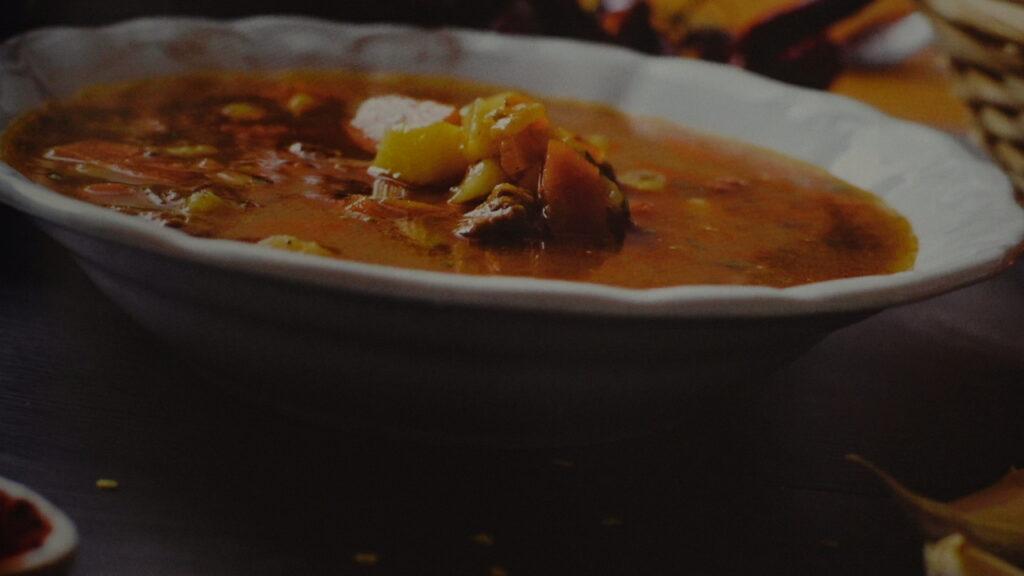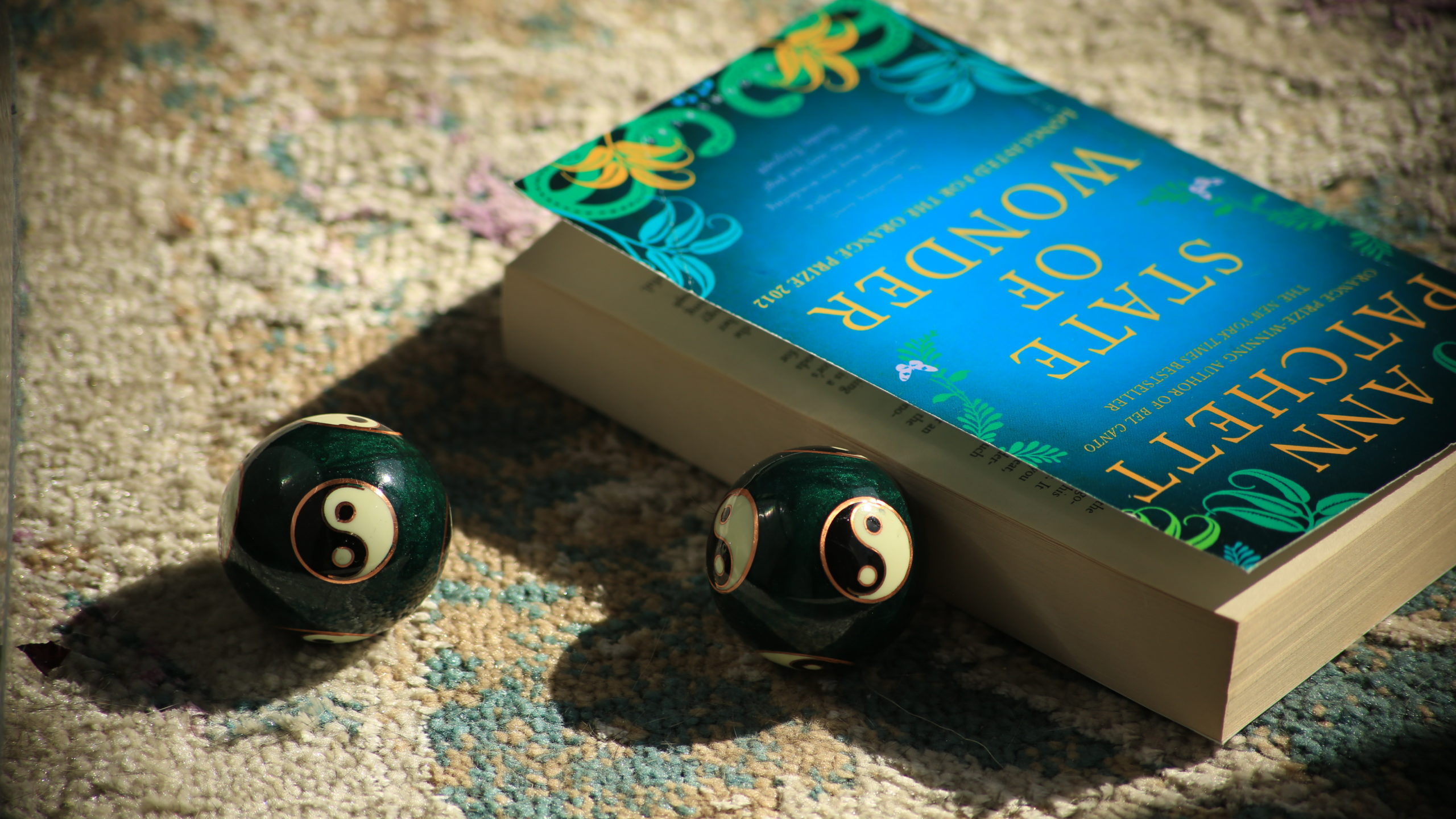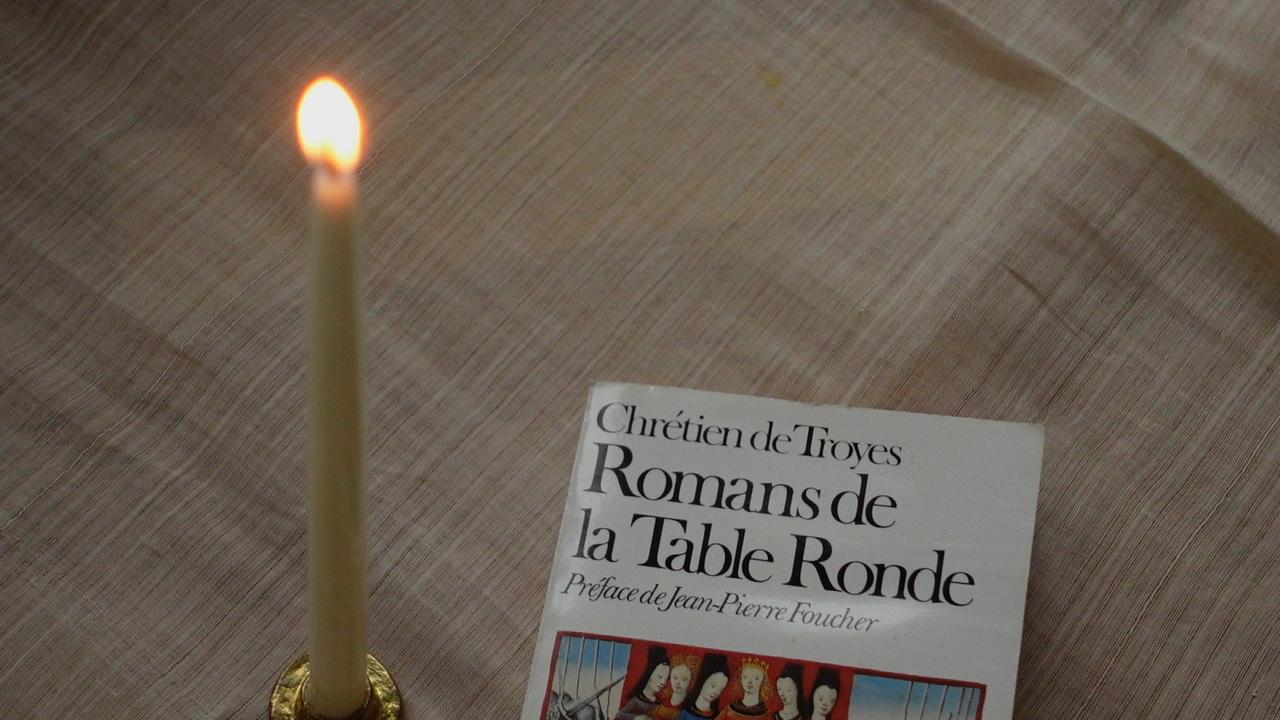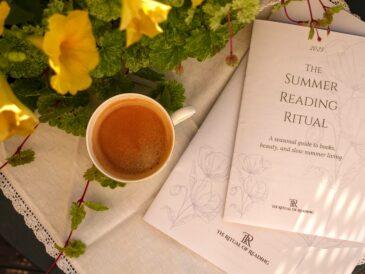Servus and welcome to our Austrian literary and culinary adventure of the day !
I have to confess that while researching the books I wanted to include in my Advent Calendar, I was very specific about what I did not want to explore in Austrian Literature. At first, I found it quite challenging, the Internet is not especially generous in promoting Austrian authors except a handful of famous names. And then, out of the blue, my library got in tune with my desires, and one day I just happened to find a whole display on Austrian authors. That is where I first met Adalbert Stifter.
Born in Bohemia in 1805, Stifter was an Austrian writer, painter and teacher. One of the most illustrious representatives of literature during the Biedermeier era, Stifter was a great admirer of Goethe, who inspired him to establish a strong neo-classical school of writing in Austria. His work is known for a tireless pursuit of beauty, moral characters and pristine landscapes. A Utopian vision of an ideal world, who left a strong impression on Nietzsche, Thomas Mann or Herman Hesse.
His short novel Brigitta has been a delight to read. Just like with Joseph Roth’s Radetzky March, this was a return to classics, with their carefully weighed phrases, their love of big words and their theatrical enthusiasm. I loved all of this, especially since I didn’t expect it. The narrator accepts the invitation of his old friend, the Major, to discover the fascinating universe of Hungarian country living. Arriving at the estate, on the borders of the Hungarian puszta, he meets the owner of the adjoining domain, Brigitta Maroshely, a woman whose wit and character become a source of fascination. The novel is abundant in landscape descriptions and unforgettable characters. A journey into the Hungarian confines of the Austro-Hungarian Empire, who speaks volumes about the nature of its people.
Such an elegant invitation into the Hungarian heritage of the old Empire, made me dive into my album of Hungarian treasures. I don’t speak or read the language, so translation apps are a must, but the images are already transporting me. One of the most famous dishes of Hungarian cuisine is the Gulyàs, a thick beef soup loaded in paprika. And since recipes travel faster than their ingredients, this one permeated into the gastronomy of its neighbours, so you can taste it today in its Romanian version as well as the Austrian one.
The Austrian saftgulasch is more of a stew than a soup, and doesn’t include the classic Hungarian vegetables, like peppers, carrots or potatoes. All you need is onions and beef, I followed the advice of Archduchess Herta Margarethe and weighed an equal quantity of both. The onions need to sweat in order to become soft and very lightly brown, while the meat gets sealed on a very high heat. The spices are essential : sweet paprika, a pinch of smoked paprika for the extra umpfh (this one is my own), black pepper, marjoram and caraway seeds, but since I’m not a big fan I replaced them with some ajwain. Two cloves of garlic, a spoonful of tomato paste and some beef broth to help mix the onions into a thick sauce. Then add the meat and the remaining broth, bring to a boil and let it simmer on low heat for anywhere between 2 and a half to 3 hours. Make sure to stir it every once in a while.
The Austrians serve their saftgulasch with some homemade noodles, but since I am in the country of exceptionally good bread, I’m taking the option of eating with my hands and saucing my plate. Like any stew, this is a perfect dish for winter, and with the best quality ingredients, it can be a festive delight.
An Austrian author describing Hungary, and a Hungarian dish reinterpreted by the Austrian cuisine. This is a perfect blend of cultures, traditions and humanity.
Until tomorrow, Happy Advent !








